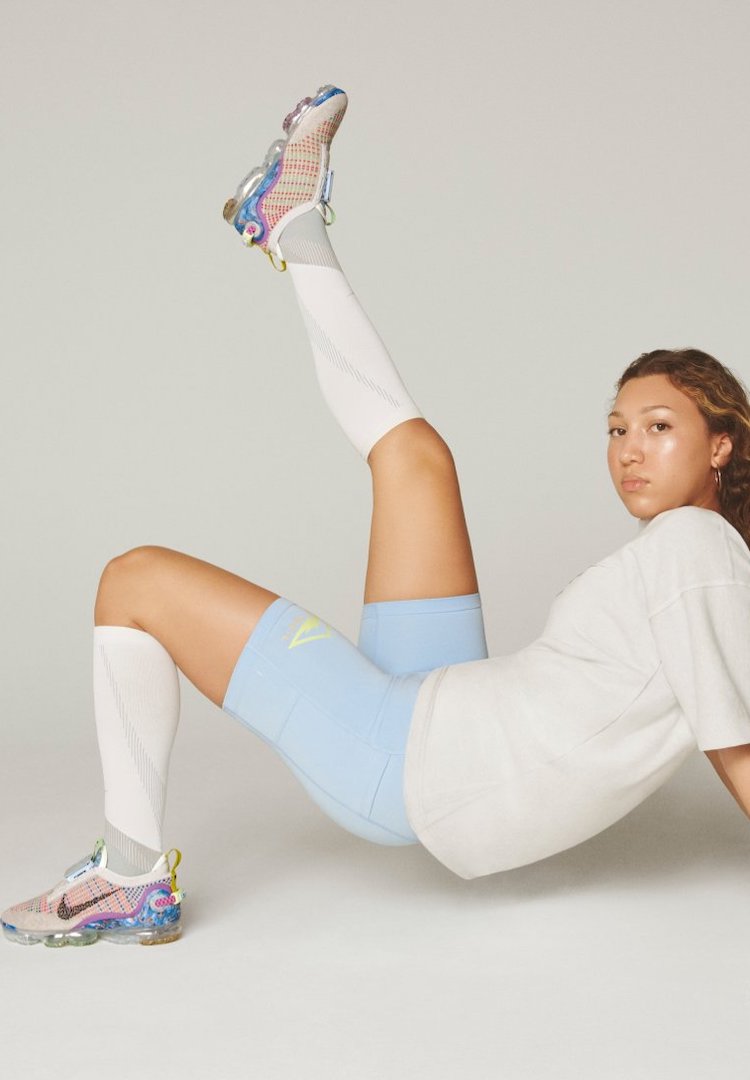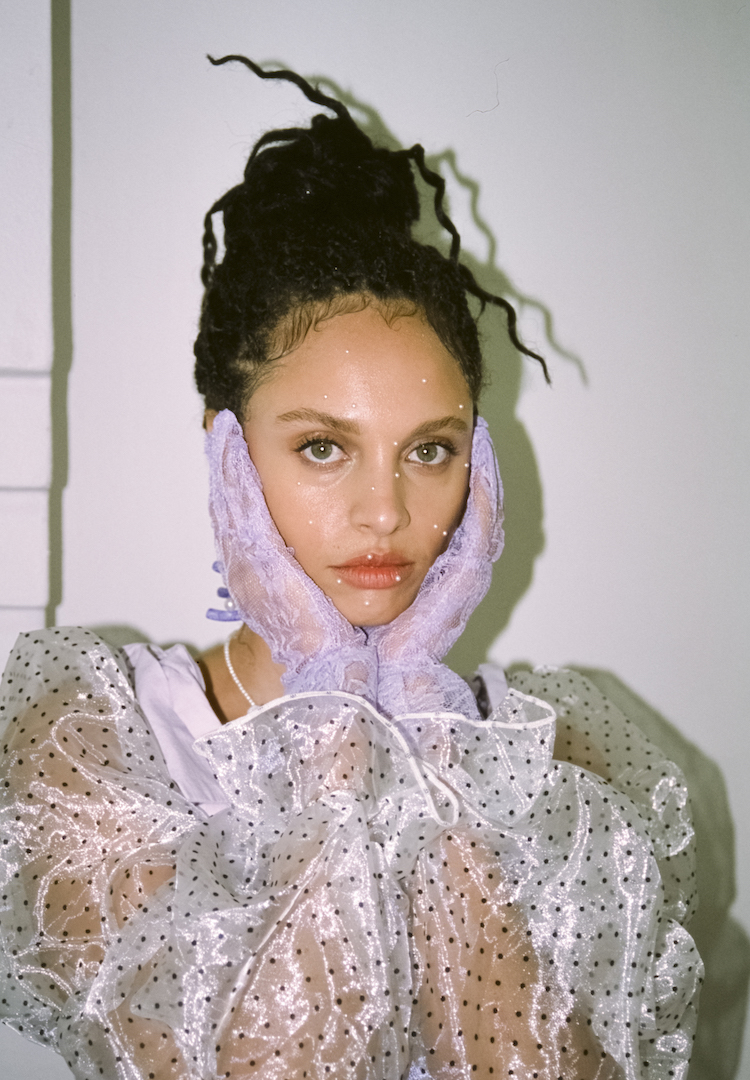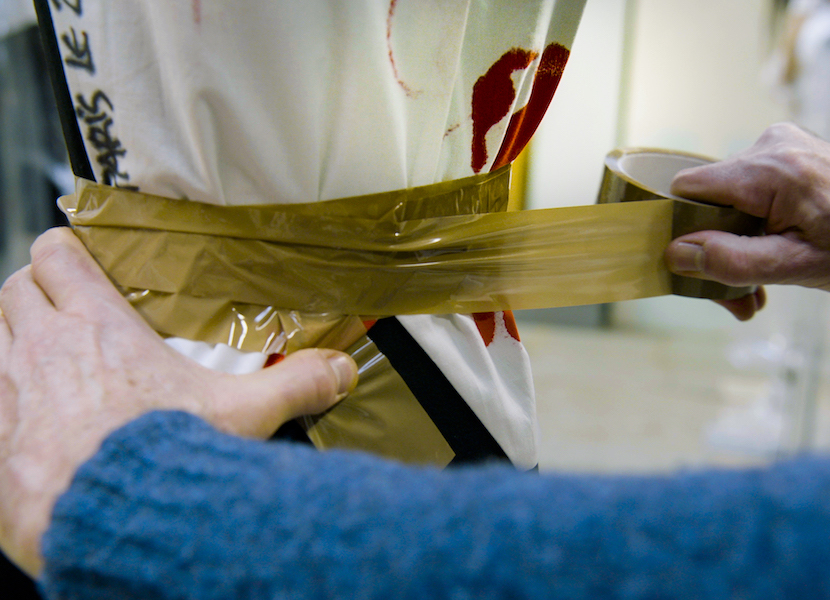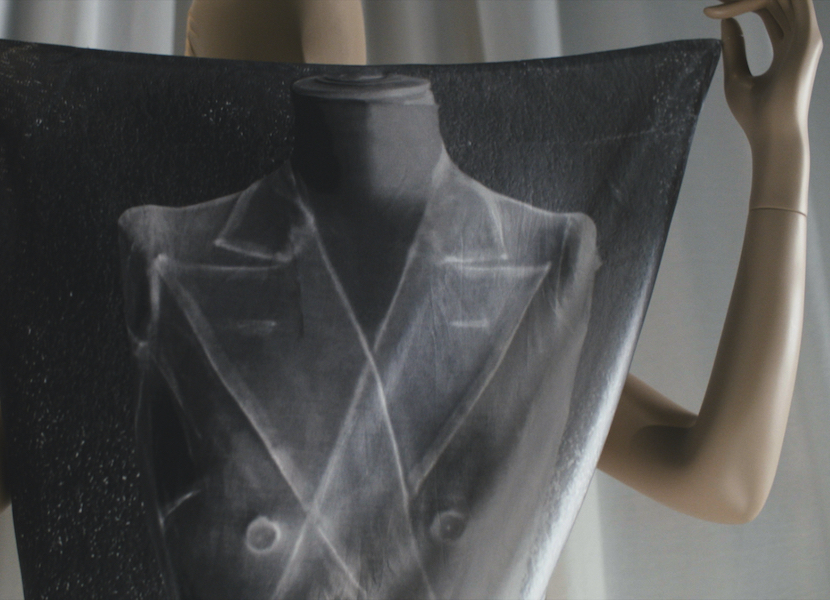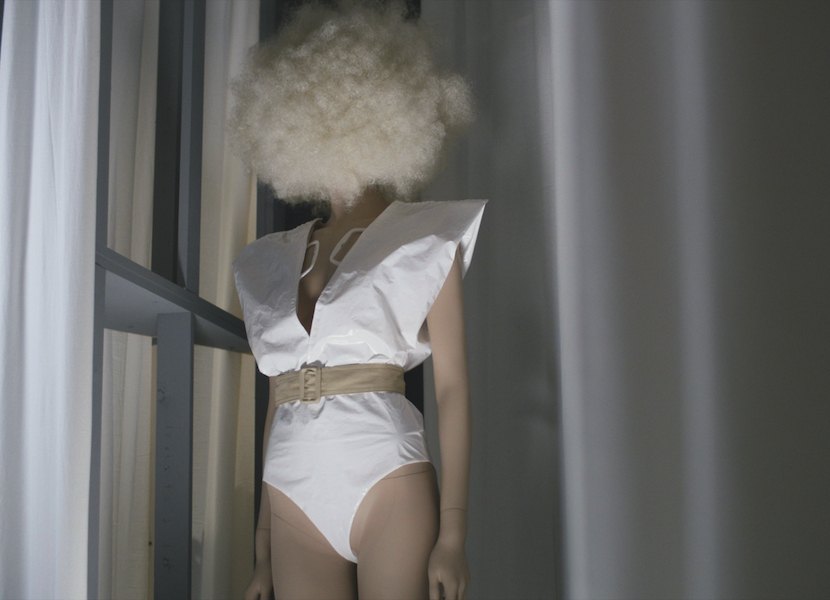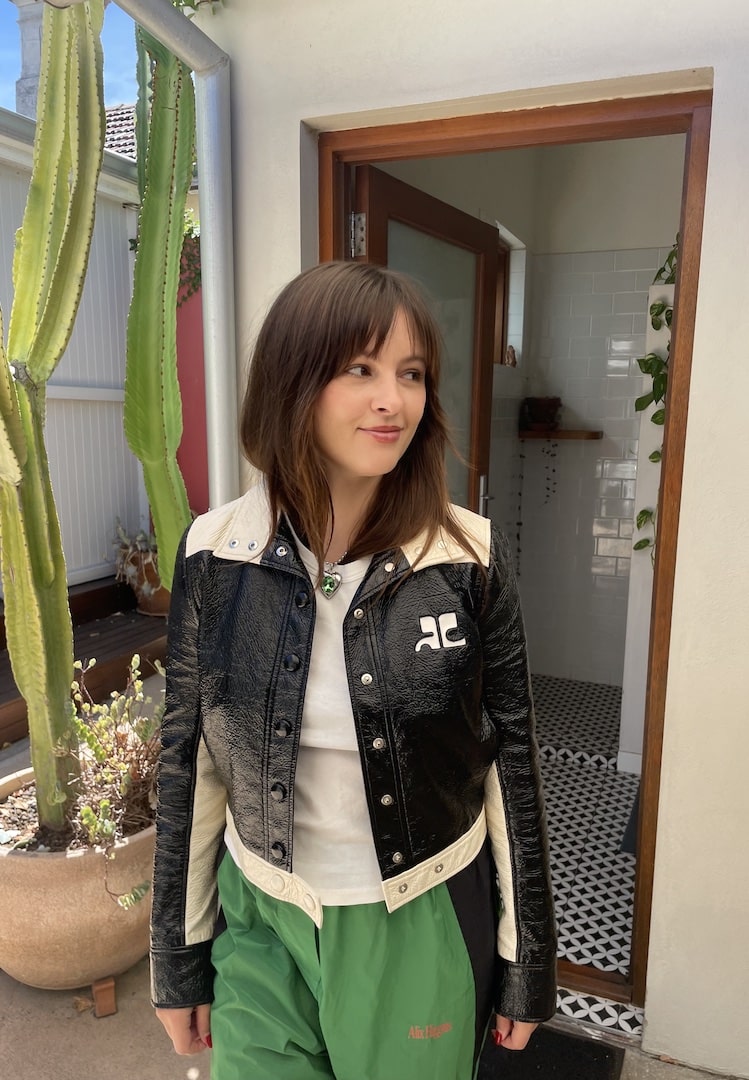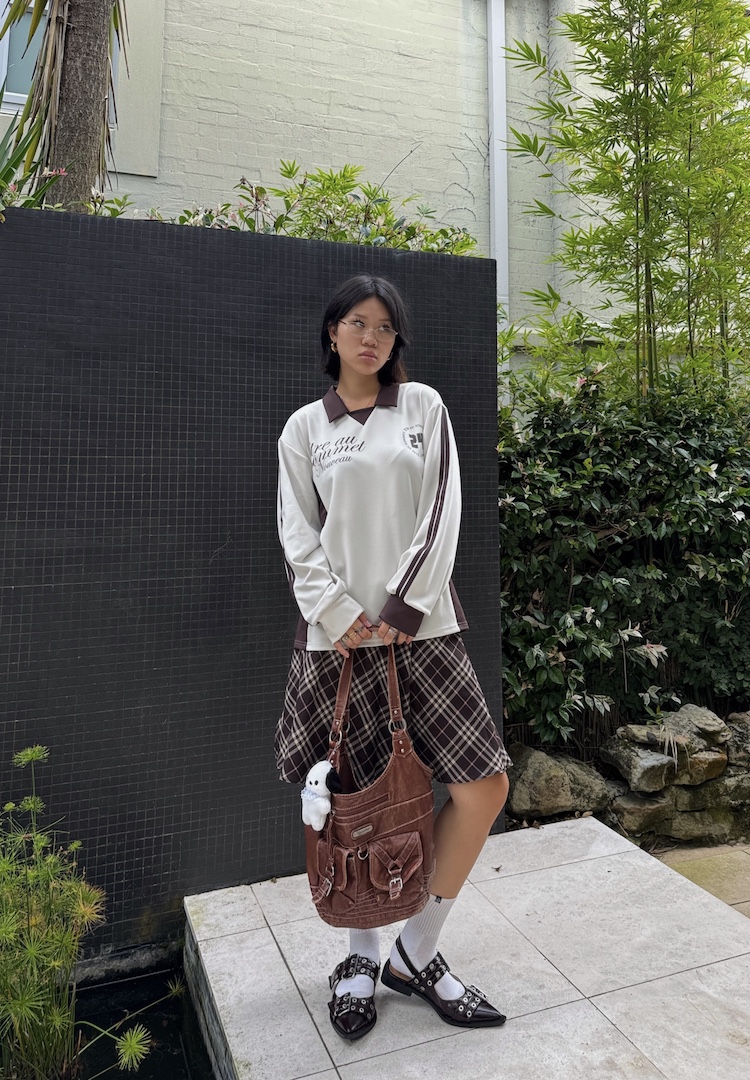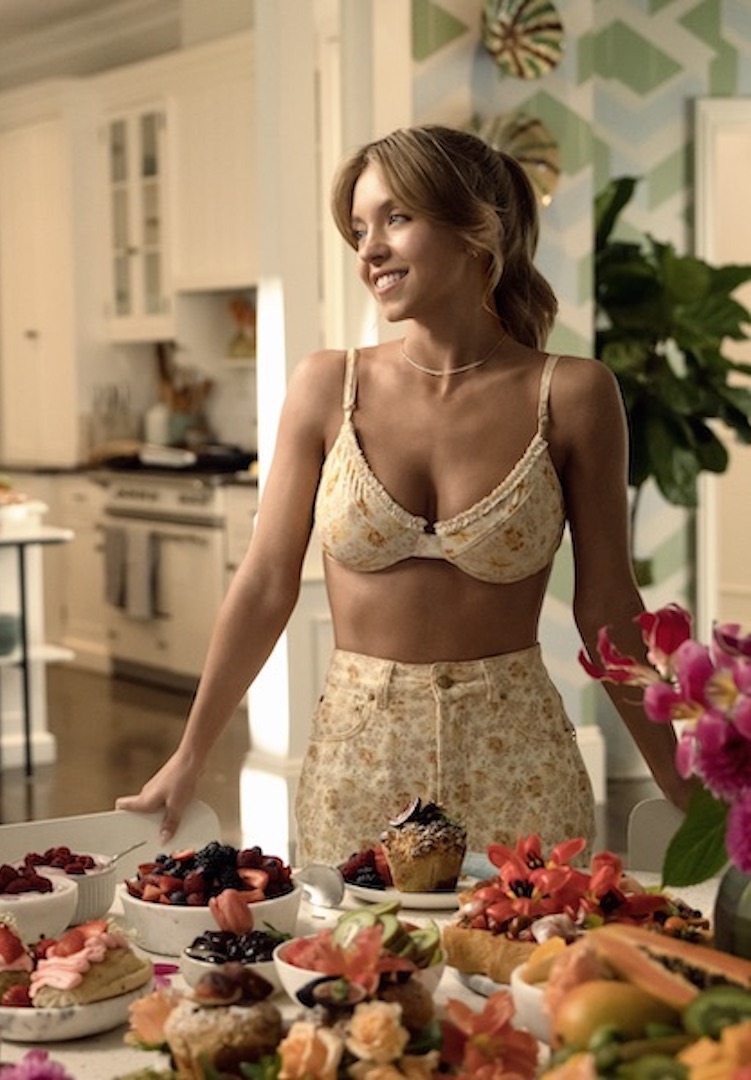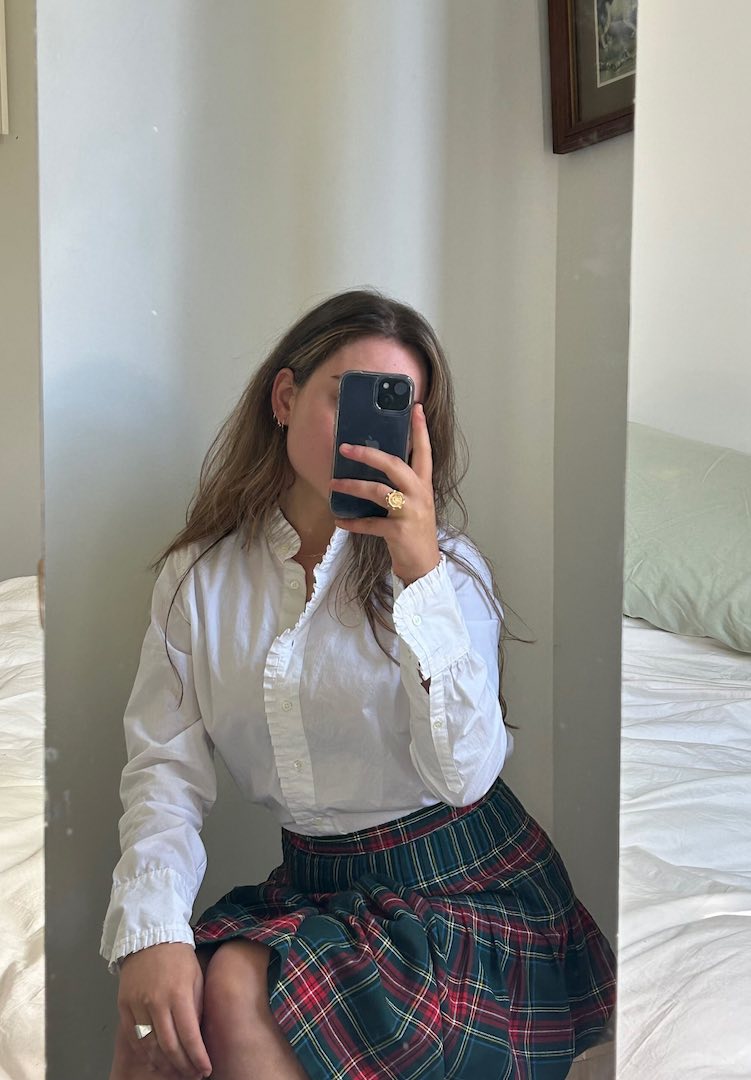A fashion documentary on the life of Martin Margiela is now streaming in Australia
WORDS BY MAEVE KERR-CROWLEY
How to capture the world’s most anonymous fashion designer on film.
As someone who has both an obsession with films and a pair of Margiela Tabis at the very top of her ‘if I ever get rich I’m buying this’ list, I was very excited to see a documentary on the life and career of Martin Margiela on the program for this year’s digital Melbourne International Film Festival.
Martin Margiela: In His Own Words is a deep dive on the inimitable but reclusive designer, directed by German filmmaker, Reiner Holzemer. Unsurprisingly, it’s been incredibly successful since its premiere late last year.
Fashion documentaries are a wonderful and very popular phenomenon, with films like Valentino: The Last Emperor (2008), The September Issue (2009) and the widely-praised McQueen (2018) capturing the attention of both fashion lovers and civilians alike. There’s something about the combination of dizzyingly beautiful visuals and an insight into such a glamourous and elusive industry that seems to grip the public’s attention.
While I don’t pretend to know the ins and outs of documentary filmmaking, I do know that convincing a subject to grant intimate access to their lives is perhaps the greatest challenge a filmmaker will face. For a notoriously glamorous industry like fashion, where a designer’s brand alone can be worth millions, earning a subject’s trust is notably harder. For a renowned filmmaker like Holzemer, it still took years.
Entering the film – and fashion – world
Martin Margiela is Reiner’s second film in the fashion world. His first, Dries, released in 2017, followed another Belgian designer, Dries Van Noten. With no background in fashion, Reiner was simply pulled into the world by the same alluring qualities that get audiences hooked on this kind of film.
“I love the fashion world, because it’s very creative and you can create strong images there,” he explains. “The people who work there are also quite interesting characters because first of all, they are very sensitive and creative – and very intelligent, in my opinion – but at the same time, that industry puts such a lot of pressure on them. That’s a very interesting mix for a filmmaker who is doing portraits.”
Reiner got his start in film back in the ’80s without any formal training or education. He describes a community of young creative types, drawn together by a mutual acquaintance of theirs. This acquaintance owned his own camera – a very chunky and unwieldy Sony Portapak – which they were all able to “do some experiments with”.
Despite this rather ad-hoc approach to creating, Reiner and other filmmakers were nonetheless in the midst of important social and political events; recording films and passing them hand-to-hand around the country, or even internationally. While following a friend as he worked on a video archive about the resistance to Germany’s Nazi regime, Reiner found himself at a former concentration camp, informally interviewing a man who had been held there in his twenties.
“I just thought oh my god, this is so incredible. What an interesting tool a camera can be – to step into people’s lives and record these narratives. That was one of the most impressive experiences, and that’s what drew me into that world.”
After outgrowing that found family of filmmakers, Reiner set off on his own to start creating his impressive catalogue of documentaries. His first subjects were mostly photographers, bridging a logical gap between the two very visual professions.
But while shooting his 2012 film about art and fashion photographer, Juergen Teller, Reiner found himself on set at a shoot for designer Dries Van Noten. The model was Dakota Fanning, just as an added level of cool. With a desire to move away from films about photography already in the back of his mind – “because after 10 movies, you’ve really explored everything you can say about photographers” – he was fascinated by this other world he had stumbled into.
“I just thought, why not fashion?” he says now. “Fashion is so interesting and I didn’t know much about it, and I love when I learn something from my work.”
He asked Van Noten then and there whether he’d be interested in making a film, and three years later the designer finally said yes. Reiner holds no grudge against the delay, emphasising the huge amount of pressure under which fashion people work. The resulting film, Dries, was a striking, intimate look at the daily life of an industry master that did a lot towards cementing Reiner’s reputation in the fashion world.
Cracking Margiela
When looking for his next subject, he was fully aware that Martin Margiela would be near impossible to nail down. Margiela has spent his entire career in anonymity: never doing interviews, never having his photo taken and never even making appearances at his own shows. It was only after meeting the designer in person that Reiner was able to convince him to undertake the project.
The making of Martin Margiela: In His Own Words was a very different process from Dries. Firstly, because while Van Noten was still working in the industry and actively creating collections, Margiela left fashion entirely over a decade ago.
But the most challenging divergence was this: Margiela had only agreed to the documentary under the firm condition that his anonymity remained intact.
While the film is largely narrated by the designer, marking the first time in history Margiela has publicly commented on his own work, we never see his face. He couldn’t even be convinced to show his silhouette.
Reiner recounts this early conversation, “He said if you do things like that, then it becomes an issue. Then people start thinking about it and think oh, how does he look? How far will he go in the movie? And he doesn’t want people to think about it. It’s just the reality. It’s part of his being, part of his character. And when you don’t make much fuss about it, then people will accept it a lot easier.”
While these unique circumstances provided creative challenges for Reiner and his team, it was never so challenging as to make him doubt the project. “After all,” he says, “if you make a documentary about van Gogh, you cannot interview him, you cannot show him. You can only show his work. That was also true for the movie I made about Martin.”
Mastering visuals in the framework of anonymity
The inclusion of archival runway footage is one of the most fascinating parts of a fashion documentary. Seeing collections that were released before you were born, in the exact environment a designer intended them to be seen, is a very fortunate benefit of technology. Luckily for Reiner, every collection Margiela made was captured on film. Admittedly, much of this footage is well and truly of its time, filmed on low-quality cameras with washed-out colours and lots of grain – a symptom of being copied and reproduced over and over.
“In the end, this turned out to be a proper aesthetic for [Margiela’s] collections and style, because you could call it a little bit of post-punk style. Those blurred handheld camera images that are out of focus with bad colours, they actually reflect that period and time quite well,” notes Reiner.
As well as narration from Margiela, recounting his childhood, studies and the years running his fashion house, the film features interviews with a number of people who worked with the designer in one way or another. The most notable is John Paul Gaultier, for whom Margiela worked as an assistant before starting his own label. Reiner explains that everyone interviewed was chosen because they had interacted with Margiela – either personally or through his work – while he was actively creating collections, rather than from the perspective of years or decades later.
He admits the novelty of getting Margiela to actively speak on his career made it a lot easier to get others involved. “In the beginning, each time we called someone or wrote to someone and said we’re making a movie with Martin Margiela, they would say, ‘No, no, you are mistaken. You’re not shooting with Margiela, you’re shooting about him, right?’ Once they knew he really agreed with us, it opened so many doors.”
Reiner reflects on his fear, held at the beginning of the project, that people would not want to watch a film where you don’t see a face for 90 minutes. But the most effective, and arguably most beautiful moments, in the film are achieved without a set of eyes or a mouth in sight. Instead, the film is peppered with close-up shots of Margiela’s hands, the most concrete clue we’re given as to his physical appearance.
We see these hands adjusting clothing, making jewellery, flicking through his childhood fashion sketches, playing with the fake Gaultier runway passes he and his classmates made to sneak into a show as students – yes, that actually happened, and it was completely genius – and just gesturing while Margiela speaks emotionally on his dreams as a young boy or his painful exit from the industry. Each of these shots feels so intimate and expressive despite, or maybe because of, their simplicity.
“For me, the hands became a reflection of his character in a way,” Reiner explains. “You can see that there’s a man behind those hands who has a lot of experience in what he’s doing. He’s touched a lot of things and he knows exactly what he wants to achieve in the end. That became a symbol in the movie for him as a person.”
The final chapter
Having already profiled two very successful and beloved fashion designers, Reiner is already on the lookout for a third subject to “make the story complete”. He’s once again caught waiting, however, as the fashion world has been turned on its head this year. As has the film industry, which he sees as a great, if unavoidable, shame.
The inability to show Martin Margiela: In His Own Words in theatres is a huge pity, largely because the visuals and soundtrack – provided by Belgian rock band dEUS – would presumably be a whole different experience with a giant screen and a killer speaker system.
Having watched the film again after months of cinema lockdowns, Reiner modestly admits he was moved by elements of it himself. “I don’t say that so often about my own films, because as a filmmaker you’re always a perfectionist and very critical about your work. I have that in common with Martin, I think, and other people in the fashion world.”
But while you can’t hit up the theatre to see the film on the big screen, you can watch it from the comfort of your own home as part of the entirely digital MIFF 68 ½ program, which I promise is still an amazing viewing experience.
Reiner also encourages you to get whoever you’re in lockdown with to watch it with you, even if they insist they have no interest in fashion.
“I think it’s a movie which attracts a much bigger audience than just a fashion audience, or people who are already interested in the fashion world. It’s a movie about a man who had a dream as a child and he followed that dream without compromise. Then once he found out that he couldn’t live the dream in the way that he wanted he said goodbye to that world, which was a very painful experience for him… That biography is universal, so it’s not only a movie for the fashion world, it’s a movie for the whole world.”

